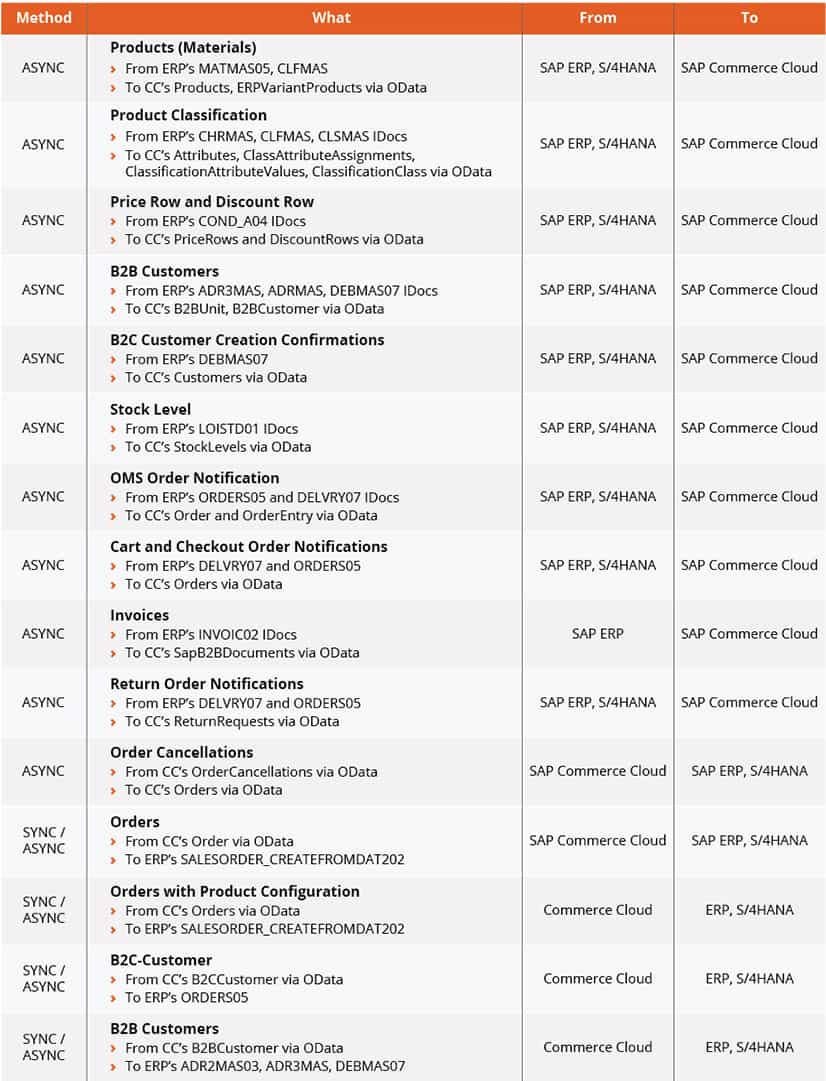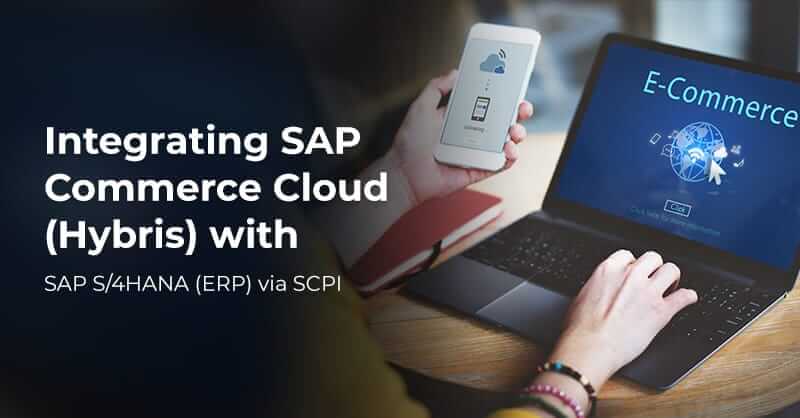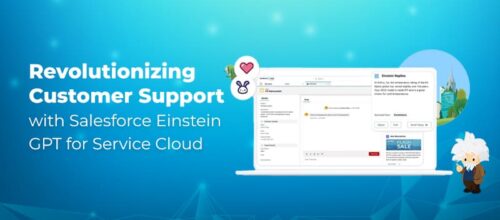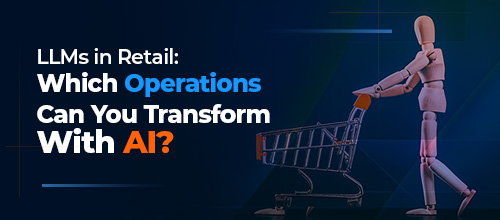Integrating SAP Commerce Cloud (Hybris) with SAP S/4HANA (ERP) via SCPI

Written by Abdul Wahab
Hybris Practice Lead at Royal Cyber
August 30, 2019
What type of integration platform is best for integrating SAP Commerce Cloud (Hybris) with SAP S/4HANA? It is critical to have high availability integrated systems to streamline and simplify all business processes.
What is SCPI?
SAP Cloud Platform Integration (SCPI) is a b2b integration service within SAP Cloud Platform. The SCPI integration platform enables the orchestration, routing, processing, and transformation of messages between systems in cloud-to-cloud or hybrid scenarios.
OOTB connectivity support (for instance, IDoc, SFTP, SOAP/HTTPS, SuccessFactors, OData, HTTPS).
S/4HANA
SAP S/4HANA is an intelligent, integrated ERP system that runs on the in-memory database, SAP HANA.
SAP Commerce Cloud and S/4Hana Integration
Integrating SAP back-end (SAP S/4HANA, SAP ERP) with SAP Commerce leverages the strengths of each system to optimize the processes. Leveraging multi-cloud environments it offers improved high availability and scaling.
For instance, when SAP ERP acts as the back end for an online store, we select the order management scenario that best suits our needs. For a B2B scenario, we could have customer and business partner interactions happen mainly via SAP Commerce while having orders from the online store created directly in SAP ERP. For a B2C scenario, we could keep the back-end system independent from the SAP Commerce front-end to maximize system performance. In this type of scenario, we could share data between systems predominantly by performing regular data replication between systems. Meanwhile, we could opt for real-time retrieval of critical data from SAP ERP, such as customer credit information and product pricing in the checkout.
The SAP provides a pre-defined package for SAP ERP/Commerce Cloud integration. It contains the following b2b integration flows:

Inbound & Outbound Integrations
SAP Commerce Cloud connects OOTB with S/4HANA in various situations. These situations are classified in two ways: Inbound Integration & Outbound Integration.
Inbound b2b Integration
Inbound integration indicates bringing data into SAP Commerce Cloud or reproducing data from other systems into SAP Commerce Cloud. Below are a couple of examples:
- Reproducing B2B consumers from S/4HANA to SAP Commerce Cloud
- Reproducing Products from a local system to SAP Commerce Cloud
- Creating and managing business partners centrally

The combination between SAP systems is available OOTB, and for native systems, it needs negligible development on the SAP Commerce Cloud and at the SCPI. Nevertheless, the principle remains the same:
- Source system dispatches data to SAP Cloud Platform Integration. For example, SAP System could dispatch an IDoc.
- SCPI processes the received data as mentioned in the corresponding Integration Flow, alters it in the intended data format and executes other tasks.
- SCPI dispatches the IntegrationObjects to the receiver system e.g., SAP Commerce Cloud.
- SAP Commerce Cloud processes the IntegrationObjects & saves the data in the database.
Outbound b2b Integration
The Outbound integration exports the data from SAP Commerce Cloud. For example, dispatching the data out of SAP Commerce Cloud or reproducing it in another system. Below are a couple of examples:
- When a customer signs up with the Commerce storefront, the data reproduces to S/4HANA.
- Reproduce orders (from SAP Commerce Cloud to SAP S/4HANA).
- Reproduce order revocations (from SAP Commerce Cloud to SAP S/4HANA).

- SAP Commerce Cloud dispatches the IntegrationObjects to SAP Commerce Platform Integration.
- The parallel iFlow in the SCPI gets the data, business processes and modifies it (e.g., in XML, JSON, etc.) into the format that the receiver system can understand).
- SAP Commerce Platform Integration dispatches the data to the receiver system.
- The receiver system gets the data and saves it in the database.
Need help finding the right Order Management System (OMS)?
IBM Sterling OMS is a high availability, dependable system that is like a central hub for your omni-channel digital commerce business’ inventory and order management processes. It gives you all of the tools needed to manage all things inventory related, including making sure your company gets orders correct in regard to filling them, as well as keeping track of who ordered what and when so that you can effectively improve your supply chains, reduce markdowns, increase customer loyalty and ultimately increase customer satisfaction.
Royal Cyber
Royal Cyber has experienced SAP Commerce Cloud (Hybris) and IBM Sterling b2b Integrator consultants to guide you in every aspect of b2b integration.



